
Mix Masters: Beyonce & Ed Sheeran
A Perfect Mix for Beyonce & Ed Sheeran.

Artist: Ed Sheeran & Beyoncé
Album: Perfect
Despite Ed Sheeran’s third album being symbolically titled ÷, as in ‘divide’, the world seems united by an affection for the guy. ÷ dominated 2017, outselling and out-streaming all-comers. As if that wasn’t enough, the album also spawned five major hit singles. The first four, including the monster hit Shape Of You, were all released in the first few months of 2017. Just when it looked like Sheeran might give everyone else a chance, he released the album’s fifth single, Perfect. Another huge hit that reached No. 1 in dozens of countries. Not quite done, the British singer/guitarist released two additional versions of Perfect at the end of 2017. One was an acoustic duet with Beyoncé, the other an orchestral duet with Italian tenor Andrea Bocelli.
It seems the world truly cannot get enough of Sheeran. The Beyoncé duet version of Perfect in particular was very successful, topping the charts in many countries. The feat was impressive given it was — unusually for a hit song — stripped down to only organ, a few acoustic guitars, and Sheeran and Beyoncé’s vocals.
The British singer also went ever so slightly off script in his choice of mix engineer, too. These days, most songs at the pointy end of the hit parades are mixed by a handful of star mixers. It just happens that every so often some mixers — through a combination of label connections, ready-made hits and sheer talent — rise to the top. In the US, Serban Ghenea and Manny Marroquin reign in the charts, while British artists tend to engage compatriots Tom Elmhirst (Adele) and ‘Spike’ Stent. Stent actually mixed the whole of ÷ and the Bocelli version of Perfect. But for the Beyoncé treatment, Sheeran mixed it up a bit and went with Tony Maserati.
It’s not to says Maserati isn’t a star mixer — his clientele includes Lady Gaga, Jason Mraz, Black Eyed Keys, and Beyoncé — he just doesn’t dominate today’s singles charts in the way those other mixers do. He’s still regarded as a mix guru by his colleagues, has been honoured with several Grammy Awards and nominations, and has his own signature Waves plug-in series, The Tony Maserati Collection.
RIDING EVERY BREATH
Tony Maserati got the job because of both his connection with Beyoncé and the acoustic, stripped-down nature of the song’s arrangement. Rather than getting the mix to sound as hard-hitting and in your face as possible — as Ghenea, Marroquin and Stent tend to do — the brief was to be sensitive to the song’s more intimate approach. Maserati gave the lowdown on his mix from New York, where he was due to attend the 60th Grammy Awards ceremony for his work on K. Flay’s album Every Where Is Some Where, which was nominated in the Best Engineered Recording (non-Classical) category.
“Stuart White, who used to be a second of mine years ago, recorded this version of the song and did a really nice rough mix of it,” recalled Maserati. “My job was to get the best sound for Beyoncé’s voice, and give it more life; so it breathed more in a way Beyoncé is used to hearing. This meant doing a lot of fader riding. In fact, after I got Ed and Beyoncé to sound the way I wanted, I spent most of my time mixing the song by physically riding a fader with my hand. Instead of drawing in rides, I used my D-Command. The other thing is that the organ and acoustic guitar start right at the top, and they’re very static throughout the song. Instead of everything remaining flat from beginning to end, I did a lot of dynamic rides with the organ and guitar, lowering and raising them all the time, to give space for the vocals.
“My main focus was on how I could create breathing room and make sure all parts of the arrangement moved, to literally ride things up and down to follow and support the emotion of the vocals. Sometimes that meant when the vocalist is taking a breath to bring up the organ, or the guitars, so it fills the space. Or it may be bringing the organ down a little bit when the vocal is talking about something more intimate and emotional. Then bringing it up again where the vocal is having a crescendo. Fader riding was the primary task I was performing in this mix.”
BE UNDER THE BONNET
Emphasising breathing and emotion by simply riding the faders makes Maserati’s mix of Perfect sound deceptively easy from a technical perspective. However, it’s a bit like talking about what it takes to drive a car, without mentioning the cogs and combustion under the bonnet. Even in a simple song like the Beyoncé duet-version of Perfect, Maserati spends a lot of time under the hood.
Maserati came up in the 1980s working as an engineer at Sigma Sound Studios in New York, and went on to become one of the driving forces behind the New York hip-hop movement, partly responsible for shaping its sound. He worked for a long time from his own studio just north of New York, but moved to Los Angeles in 2011, where he and Stefan Skarbek set up Mirrorball Entertainment, a music publishing, production and recording company.
Maserati has his own mix room at Mirrorball, with a hybrid analogue and digital under-the-bonnet setup. Maserati’s Pro Tools HD Native cards with four HD I/O’s and Avid D-Control desk make up the in-the-box side of his system. He then has a collection of analogue goodies, starting with Chandler EMI TG and Neve Melbourn consoles, as well as a Chandler Mini Mixer. On the outboard side, he has Telefunken V76 mic pres, Neve 33609 and Urei LA3A compressors, a Chandler Zener Limiter, Shadow Hills Mastering Compressor, Chandler Curvebender EQ and the Pendulum PL2 Peak Limiter. At the end of the chain, it’s all coming out Tannoy DMT12 and ProAc Studio 100 monitors.
When I asked why he continues to work with analogue, despite former diehard analogue aficionados like Tchad Blake and Andrew Scheps moving into the box, Maserati replied, “The idea that you can only do one or the other is kind of crazy to me. I have the best of both worlds, and the benefit of having a hybrid system is that I have tons of hardware insert and summing choices. I will always use some hardware gear on the Pro Tools inserts even if I sum in the box.
“For me it’s not about getting my rocks off fiddling with analogue gear. I generally don’t touch my analogue gear. I set it, and forget it. I don’t sit there during a mix noodling on my Neve desk. I have two Chandler Limited RS124 compressors, and I used one setting for Beyoncé’s voice in the verse and one setting for her voice in the chorus, and didn’t touch it again during the mix. When I put the RS124 on her voice, it immediately sounded like magic. I then also threw on my ITI EQs and that sounded amazing; I was good. Could I have gotten the same result by using a digital EQ and compressor? I don’t know. But why should I worry about that? I like using analogue gear, but I’m not an analogue gear advocate. I’m a ‘getting things done’ advocate!”
A MIND FOR HEADROOM
Maserati also says he still understands headroom better in the analogue world. This led to a lengthy exposition about an often forgotten and misunderstood subject: the supreme importance of headroom and gain staging. “I am constantly dealing with head room and how it works inside of the computer,” he explained. “On every single track, in the groups and buses, and ultimately the mix bus, then to how it works outside of the box, like when I am summing in analogue. I’m always thinking about headroom and gain staging. I’ll clip gain if the signal goes too hot to EQs or compressors, whether digital or analogue.
“Of course, I absolutely use my ears to monitor head room, but I’m also very systematic in using both VU and peak meters, at all times. I pay attention to where my kick hits, where my vocal hits, where my snare hits, what the level is on my bass, and I am metering it. Those tools help me to work faster and keep me from having to roll back later. I’ve been doing this for a long time, and my methodology is to start lower, because it’s easier to push the level later on than remove it.”
Given how carefully Maserati treats gain staging and because many sessions are recorded and mixed very hot, you’d think Maserati would have his assistant, Tyler Scott, adjusting and pulling back levels when setting up the mixes for his boss. According to Maserati, Scott has a more important job to do after he’s collected all the files and flowed it into a template.
“A crucial thing Tyler does is make sure that when I open the session, it sounds as close to the rough mix as possible,” explained Maserati. “You must not forget that the rough has been approved by the artist, management, the A&R, so I need to start from there. If I start from somewhere out in space, more than likely I’ll get feedback saying, ‘what happened to our song?’ I can’t do that. So I need the session to sound as much like the rough as possible, then I can start thinking about what I need to improve.”
THOUGHT PROCESS
This next thought process isn’t a rush job. Before jumping to EQ a kick drum, or balancing anything, Maserati will simply listen to the session “over and over. I keep cycling the song, and write myself notes about what I want to do and how. While I’m listening to the session, I’m working on ideas in my head and figuring out what I’m going to do. I may pop on an EQ here or there, or try little effect ideas, but I try not to solo things too much. Unless something is bothering me to listen to, I’m probably not going to bother messing with things until after I’m done formulating my ideas.
“As I’m listening I try to determine what the different frequency groups are and how they relate to each other. If the kick and bass are closely related, I’ll chose at which frequency each will be dominating. I may manage those things without soloing or digging too deeply. These are all broad strokes, I’m not doing detailed work yet. Then I’ll go through a process of one to two hours of subtractive EQ-ing. Generally speaking, everyone is pushing, pushing, pushing. But what I do is ask myself: ‘What frequency in that guitar part do I not need, so that if I take it out, the part still does what it needs to do?’ Many people think that all parts need to have full frequency spectrum, but that’s simply not the case. If a guitar is playing a high arpeggio in a really heavy song, that arpeggio guitar doesn’t need the 120-200Hz boom that most guitars have. Instead, its sole purpose is to add tinkle at the top, and I can take out everything below that.
“The subtractive EQ phase is very functional; it’s about what I can lose and not change the energy of the mix. I’ll be using plugins like the FabFilter Pro-Q2, and even the Avid EQ3. Simple stuff. Most people boost when they want to hear something, as opposed to taking out what they don’t want to hear. You add all the unnecessary low-frequency stuff together and you get a lot of mud. If I take out all the low frequencies that don’t play an essential role in the mix, it gives me room to allow other instruments to control those low frequencies. The whole point is about sculpting holes, and all of a sudden you can hear details you could not hear before and the track can breathe again. Pulling back all the things that are not necessary on individual tracks in the entire session also usually frees up a lot of headroom. Most people send me over-maximised and over-limited mixes these days. Someone sent me a rough mix at -3LUFS the other day. I sent them a note saying that’s useless, because Spotify is operating at -14LUFS!
“To allow, especially the vocal, breathing room, I prefer to limit groups — in Perfect they were broken up into Guitar, Vocal, Backing vocals, FX, and Original Stems Aux — rather than the entire mix. In essence, using groups like that allows me to do more limiting and compression, which allows more room for the vocals. If I maximise the entire mix, the vocal is also subjected to that, and if you push it up by 1dB in the mix, that’s not what you’ll be hearing. So my method is to activate limiting on the groups, and only minor maximisation on the whole stereo bus. That way my vocal gets to breathe.
“It turned out to be quite a complex session for a very simple arrangement! But all the automation was to breathe life into the song. I don’t need to fix Sheeran or Beyoncé! The goal is to keep the listener engaged the whole time, and that was all about making it breathe, and about getting everything in the track to move with the emotions that Ed Sheeran and Beyoncé put into the song.”
Someone sent me a rough mix at -3LUFS the other day. I sent them a note saying that’s useless, because Spotify is operating at -14LUFS!
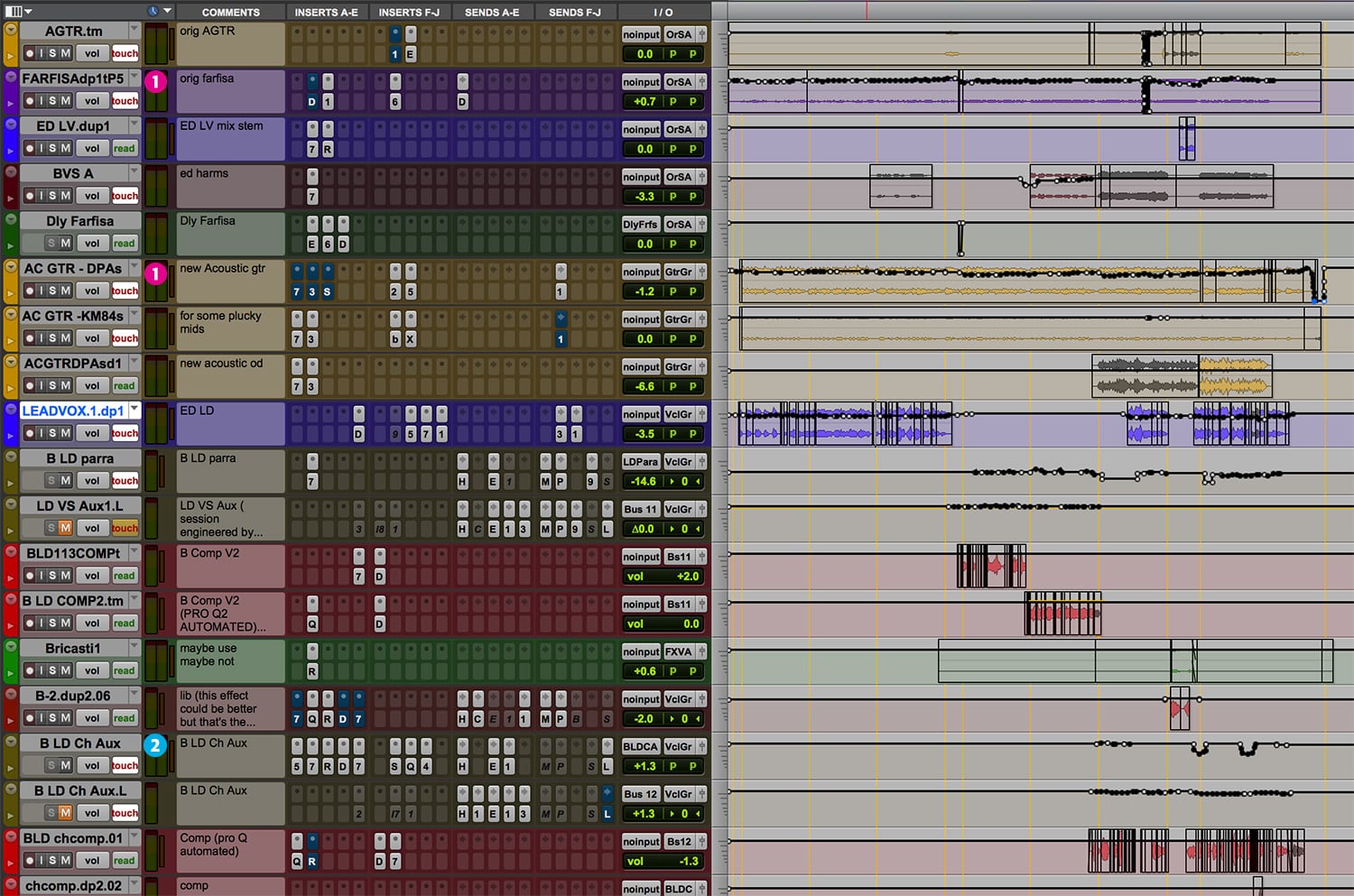


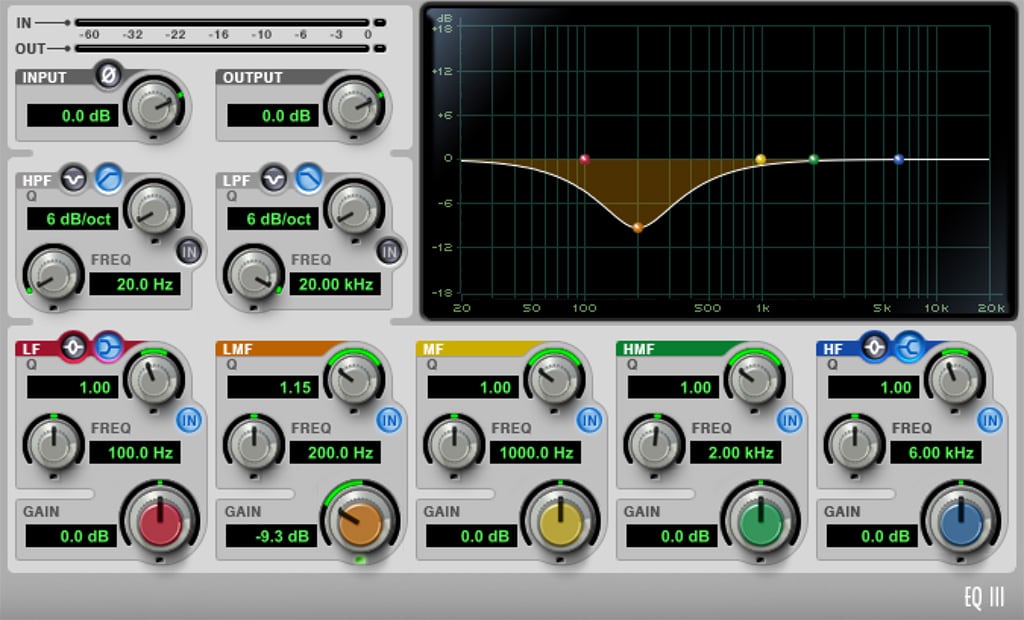

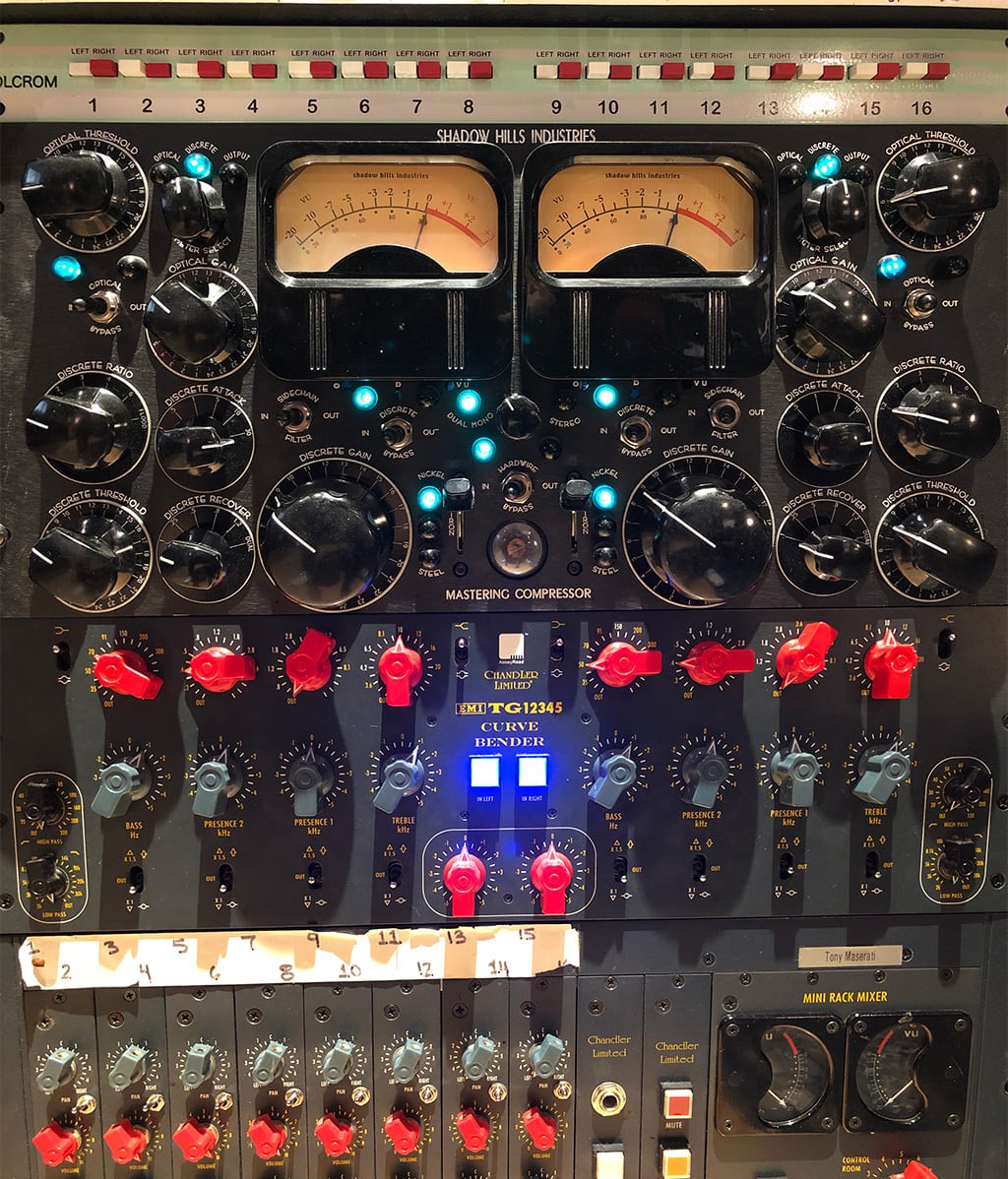
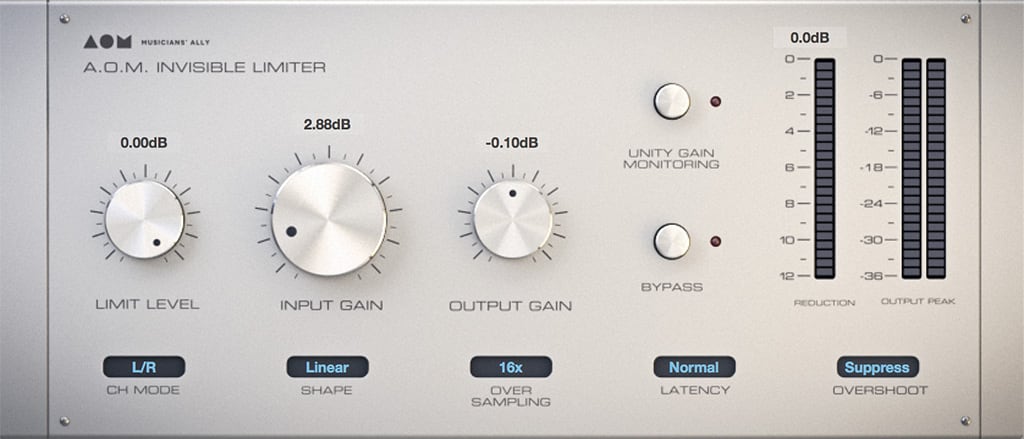








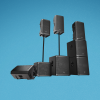



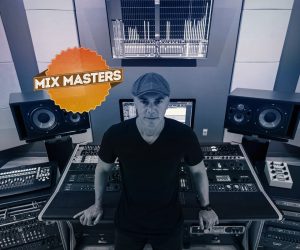

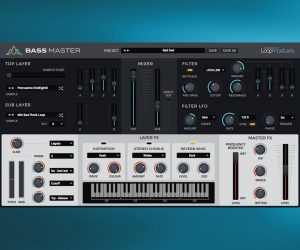






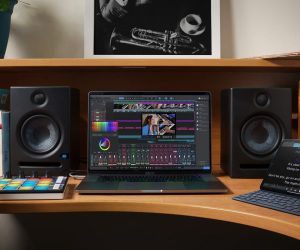

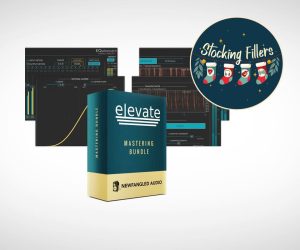


RESPONSES